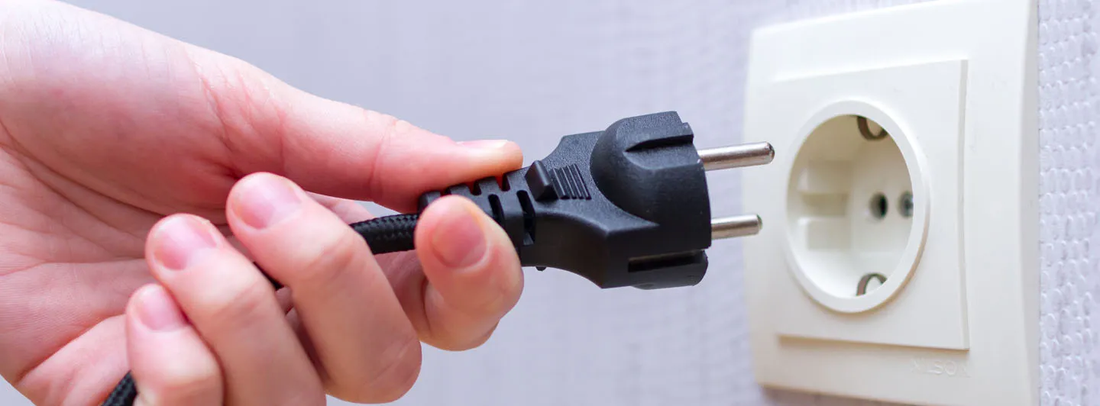
Why is the Lunergy plug-and-play home battery completely safe?
Share
Understanding Wall Outlets and Safety in Plug-in Solar Energy Systems
Most wall sockets in European households are designed for standard appliances and are protected by a 16A fuse . This means that the maximum safe load of a standard socket is 16A × 230V ≈ 3680W . If this limit is exceeded, the fuse will trip to protect the installation.
Behind the socket, the copper wiring in the house is usually 2.5 mm² , which can withstand 20–24 A before the cables start to heat up. This means there is a safety margin of 4–8 A between the 16 A rating of the fuse and the maximum capacity of the wiring.
When you plug in a small solar power system, the fuse only "sees" the power coming from the grid. If the solar energy is consumed within the same circuit, the fuse doesn't detect the returned power. To stay well within safety margins, EU regulations limit the power of plug-in solar power to 800W (≈ 3.5A × 230V) .
Even in the rare case that you use several heavy appliances at the same time with a total consumption of 4480W (~19A) , the fuse will not trip—and the circuit remains safe because the total current remains below 20A.
Why does the Lunergy X2400 support AC up to 2400W in Pro mode?
Many homes have a dedicated outlet —an outlet on its own circuit without any other appliances connected to the same breaker. With the help of an electrician, you can identify such an outlet.
When the Lunergy X2400 AC is connected to such a dedicated circuit, you can safely activate Pro Mode . This allows the device to deliver up to 2400W . Because there are no other appliances connected to the same circuit, there is no risk of overloading the wiring or tripping the fuse.
